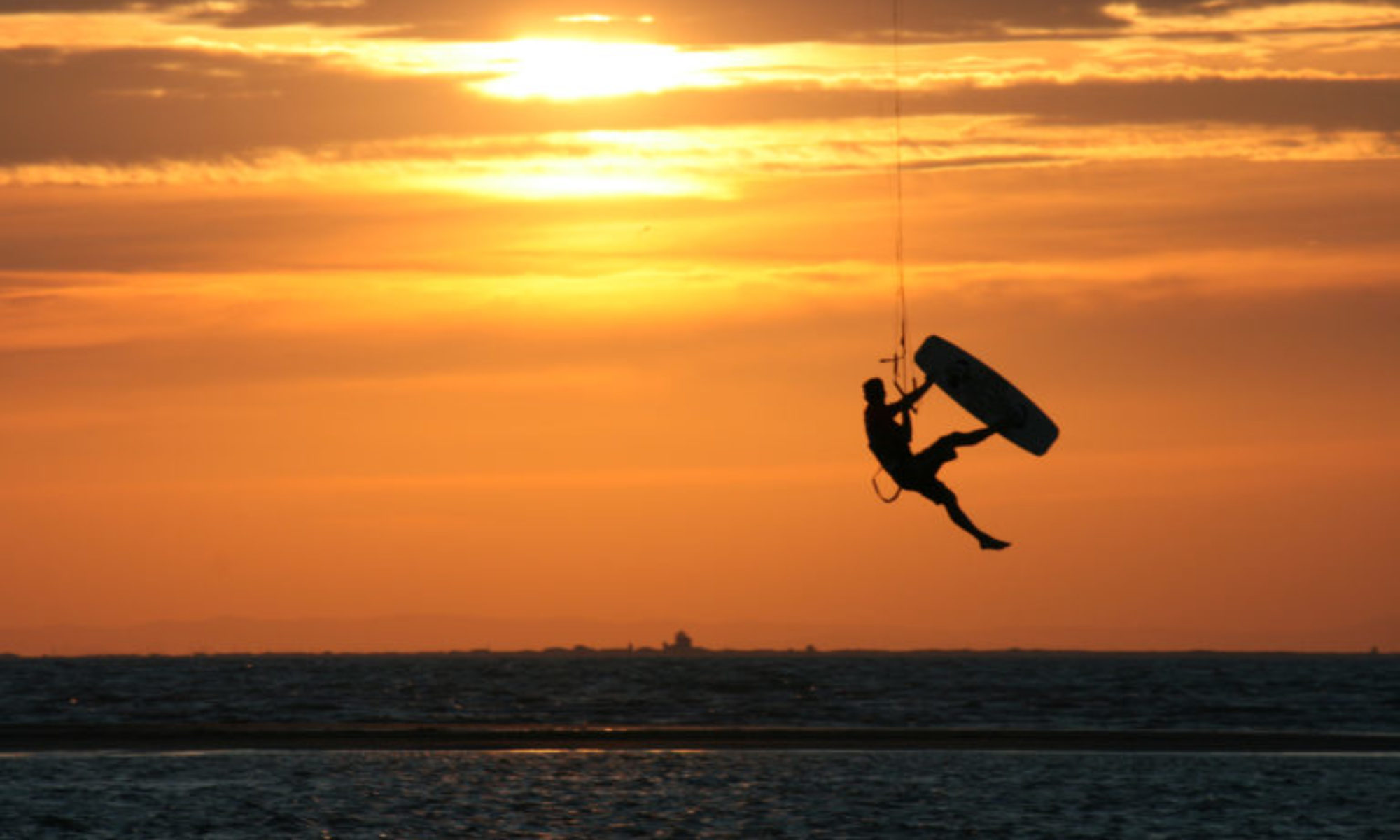Let’s start with a quick reminder in numbers:
Worldwide plastic trade generates $1 trillion (about 1 000 000 000 000€) per year, which accounts for 5% of the global merchandise trade (UNCTAD).
Plastic trade represents 460 million tons per year. Annual production has more than doubled in 20 years to reach 460 million tons, according to a report by the Organisation for Economic Co-operation and Development (OECD) in February 2022. It could triple by 2060 if nothing is done.
Globally, only 9% of plastic waste is currently recycled, which means that 91% of plastic waste is potentially thrown away in the environment, burnt or hidden in soils.
What are microplastics?
Microplastics are tiny plastic particles less than 5 millimeters (0,19685 inch) in size that come from a variety of sources, including the breakdown of larger plastic items and the shedding of synthetic fibers.
These minuscule fragments pose a significant environmental threat due to their pervasiveness in the environment, where they can be ingested by marine life and enter the food chain, ultimately impacting human health.
Understanding the origins and implications of microplastics is crucial for implementing effective mitigation strategies to combat their widespread presence in ecosystems.
Why do microplastics exist?
Sources of Microplastics
- Cosmetic and Personal Care Products
- Many personal care products contain microbeads, which are washed down the drain and enter water systems. Despite bans in some regions, they remain a significant source in areas without regulations.
- Synthetic Clothing
- Washing synthetic textiles releases microfibers into wastewater, which are not fully captured by wastewater treatment plants and end up in water bodies.
- Plastic Waste
- Mismanaged plastic waste, such as littering and inadequate disposal, breaks down over time into microplastics through physical, chemical, and biological processes.
- Industrial Processes
- Industrial abrasives, such as plastic pellets used for sandblasting, contribute to microplastic pollution when improperly managed.
- Packaging and Single-use Plastics
- Items like plastic bottles, bags, and wrappers degrade into microplastics when exposed to environmental conditions.
- Agricultural and Aquaculture Activities
- Use of plastic films for mulching, plastic piping, and equipment in aquaculture can degrade into microplastics.
Where microplastics come from?
Sources of Microplastics
- Cosmetic and Personal Care Products
- Many personal care products contain microbeads, which are washed down the drain and enter water systems. Despite bans in some regions, they remain a significant source in areas without regulations.
- Synthetic Clothing
- Washing synthetic textiles releases microfibers into wastewater, which are not fully captured by wastewater treatment plants and end up in water bodies.
- Plastic Waste
- Mismanaged plastic waste, such as littering and inadequate disposal, breaks down over time into microplastics through physical, chemical, and biological processes.
- Industrial Processes
- Industrial abrasives, such as plastic pellets used for sandblasting, contribute to microplastic pollution when improperly managed.
- Packaging and Single-use Plastics
- Items like plastic bottles, bags, and wrappers degrade into microplastics when exposed to environmental conditions.
- Agricultural and Aquaculture Activities
- Use of plastic films for mulching, plastic piping, and equipment in aquaculture can degrade into microplastics.
What kind of microplastics surround us?
Microplastics: from birth to eternal life?
Microplastics: Vs. biodiversity?
May be the issue would rather be microplastics: Vs. biodiversities?
Why biodiversities? If you want to know ore about biodiversity.
Microplastics in the Environment
- Marine Environments
- Microplastics are widely distributed in oceans and seas, affecting marine life. They are ingested by a wide range of organisms, from plankton to whales.
- Freshwater Systems
- Rivers and lakes contain microplastics primarily from urban runoff, wastewater effluent, and atmospheric deposition.
- Soil and Terrestrial Ecosystems
- Microplastics are found in agricultural soils, often due to the application of sewage sludge and plastic mulch. They can also be transported through wind and water runoff.
- Atmosphere
- Microplastics can become airborne and are found in atmospheric dust, leading to deposition in remote areas far from their source.
#ClimateActionNow
Microplastics have become an unseen threat that has permeated our daily lives. We are inadvertently ingesting, inhaling, and consuming these microscopic plastic particles through various means.
These tiny plastic fragments can penetrate biological barriers, including the gut, skin, and placental tissue. Worryingly, microplastics can act as carriers for harmful chemicals, such as bisphenol A, phthalates, and polychlorinated biphenyls (PCBs), which have been linked to various health issues, including hormonal disruptions, reproductive harm, and even cancer.
Furthermore, the presence of microplastics in the lungs and bloodstream raises concerns about their potential to cause respiratory and other systemic health problems. Inhalation of microplastics can lead to oxidative stress, inflammation, and potential mitochondrial damage in human respiratory cells.
While the full extent of the health implications is still being studied, experts agree that reducing our exposure to microplastics is a prudent step. Practical measures, such as avoiding heating food in plastic containers, drinking tap water instead of bottled water, and consuming more fresh produce, can help minimize our intake of these ubiquitous particles.

Fabrice Delobette
Sustainability and CSR facilitator for worldwide human beings

